Firearms Trainers: Civilian vs. Military & Law Enforcement
You're considering a trainer. Is one with law enforcement (LEO) or military experience a better choice?
They each have different missions.
Is it the same as yours?
Civilians don't do patrols, wellness checks, serve warrants, or confront criminals like police.
Civilians don't go around in a squad of armed and armored squadmates on patrol or doing raids like a soldier.
Civilians don't start the fight. Instead, they're targeted by a perpetrator, or a perp.
When a perp draws a gun on LEO or military, it's to kill them. When a perp draws a gun on a civilian, it's to intimidate them into doing what they want.
Most civilian gunfights start with the civilian counter-ambushing the perp(s), like below.
Here's an overview of the differences:
|
|
LEO
|
Military
|
Civilian
|
|
Initiator
|
Officer(s)
|
SOF raid: US soldiers
Otherwise: Enemies
|
Perp(s)
|
|
Gunfight starts with
|
Perp(s) drawing pistol
|
Either side opening fire
|
Citizen drawing pistol
|
|
Winning Tactics
|
Return fire immediately
|
Move, shoot, communicate as part of a team
|
Comply, wait your turn, counter-ambush if opportunity presents
|
|
Fight ends when…
|
Perp(s) arrested
|
Enemies flee or incapacitated
|
Perp(s) flee or incapacitated
|
When a LEO or military trainer teaches civilians, they must adapt to the civilian context.
Otherwise, they will teach from their context, not yours.
For example, they may teach you to draw against a robber who already has a gun pointed at you.
That's the right move as a police officer or soldier.
But as a civilian? That is how you get shot.
Still, there are outstanding former LEO and military trainers for civilians. How do you tell?
"Former Law Enforcement / LEO" Trainers
Patrol officers open carry. They don't conceal carry.
They equip 30 lb. of armor and gear. That changes their movement techniques.
They are sworn to arrest perpetrators to uphold the law.
Most their gunfights start with being ambushed.
Their rules of engagement, mission, gear, and tactics are all different from a civilian.
The Exceptions: Undercover Officers
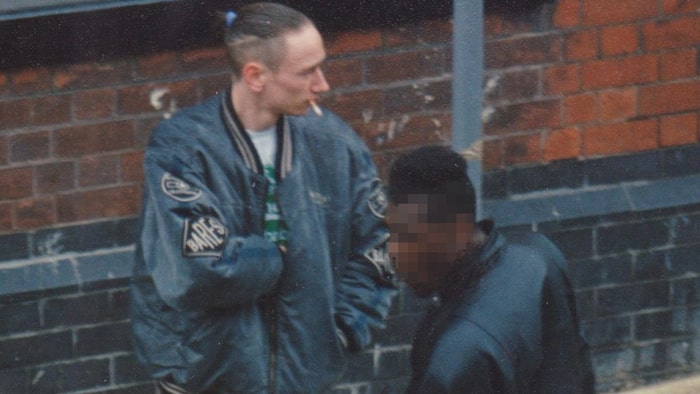
Undercover officers conceal carry as part of their jobs. Their tactics are closer to a civilian's.
Undercover Agents, Investigators, and Detectives
To build a case against top criminals, detectives go undercover to get evidence.
It takes special training and the right personality to make it.
While undercover, they survive on their wits, acting skills, and concealed carry pistol.
There are around 795,000 sworn law enforcement officers in the US.
[1],
[2]
Of those, about 108,000 are detectives or investigators.
[3]
Of those, only a fraction are undercover - let's say 10%, or around 11,000.
Federal Air Marshals
Air Marshals blend in with other passengers on flights, ready to stop deadly threats.
You might've been near one on your last flight, none the wiser.
How many Air Marshals are there? Around 3,000.
[4]
If Someone is "Former Law Enforcement", Is That Relevant for Concealed Carry?
Out of 795,000 law enforcement officers, around 14,000 conceal carry as part of their jobs.
That's less than 2% of all law enforcement officers.
Less than 2% of "former law enforcement" trainers have training and experience relevant to concealed carry.
Some examples:
-
Craig Douglas has 2 years of undercover law enforcement experience.
He's a traveling trainer, so you might get to train with him a few days a year.
-
Steven Kinsey has US Air Marshal experience.
If you want to train under him, you'll have to go to Lansing, MI.
-
Bryan Grenier with The Range Complex is a former Air Marshal trainer.
If you want to train under him, you'll have to go to Autryville, NC.
-
Massad Ayoob is a former police officer and expert witness for self-defense cases.
He's a traveling trainer, so you might get to train with him a few days a year.
The other 98% needs training from the civilian world to be relevant to concealed carriers.
"Former military" Trainers
Most infantry open carry and use rifles, not pistols.
They equip 90+ lb. of armor and gear, which affects their movement techniques.
They fight as a team, not alone. They can call in air strikes and other air support.
Their mission can be to patrol, do a pre-planned raid, defend something, and more.
Their rules of engagement, mission, gear, and tactics are all different from a civilian.
Take the time to watch the video above for real infantry combat, not Hollywood.
The Exceptions: Clandestine Operators
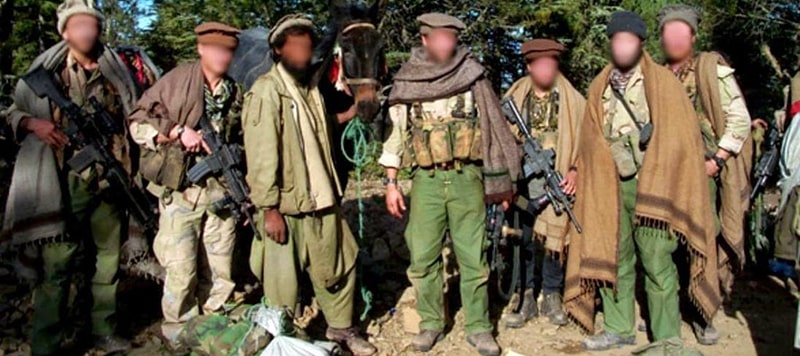
Soldiers in clandestine operations blend in with the local populace and conceal carry.
They often act alone.
If they're successful, no one ever knows of their mission or their true identity.
As such, most of the time they're acting as a civilian. Some examples:
Delta Force
Delta Force is a special unit within US Army Special Forces.
They number 1,000 strong. Of that only 250-300 are operators - soldiers who go and do the operations.
The rest are combat support and service support.
[5]
Black Squadron
The Naval Special Warfare Development Group's Black Squadron is estimated at 100 strong (out of 1,342 in all of Seal Team Six).
[6]
Office of Special Warfare
The Office of Special Warfare in 1st Special Forces Command (Airborne) (Provisional) is clandestine.
[7]
It's around 17,000 strong, but only a small fraction are operators.
[8],
[9]
If Someone is "Former Military", Is That Relevant for Concealed Carry?
As of May 2022, US active Armed Forces total 1,354,259 and reserves 799,500.
[10]
If we apply the estimates we have to the groups where it's classified, only up to 5,500 do clandestine work.
That's less than 1% of all military personnel.
Less than 1% of "former military" trainers have training and experience relevant to concealed carry.
Some examples:
-
Matt Pranka is former Delta Force and a USPSA Grandmaster.
He's a traveling trainer, so you might get to train with him a few days a year.
-
Frank Proctor is a former Green Beret and a USPSA grandmaster.
He's a traveling trainer, so you might get to train with him a few days a year.
-
Pat McNamara is former Delta Force.
If you want to train under him, you'll have to go to Carthage, NC.
-
John "Shrek" McPhee is former Delta Force.
He's a traveling trainer, so you might get to train with him a few days a year.
-
Eddie with The Range Complex is former Delta Force.
If you want to train under him, you'll have to go to Autryville, NC.
-
Paul Howe is former Delta Force.
If you want to train under him, you'll have to go to Nacogdoches, TX.
The other 99.99% needs training from the civilian world to be relevant for concealed carriers.
Shooting Skills
How much should you care about an instructor's shooting skills?
Teaching and doing are different. You don't have to be the best shooter to be the best shooting instructor.
Cus D'Amato didn't have to make the Boxing Hall of Fame to get Mike Tyson, Floyd Patterson, and José Torres there.
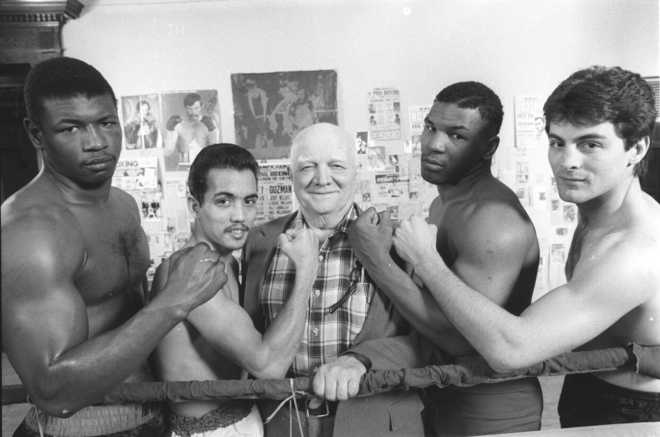
Stories like D'Amato's are common among the best coaches and trainers.
Still, they're all at least good at their sport.
When you're mediocre or bad, it's tough to see technique problems and solve them.
There are some surprisingly weak shooters in the military and LEO community.
How do you estimate an instructor's pistol skills?
Competition Classification
If an instructor competes, it's easy to gauge their technical skillls.
For instructors I recommend:
-
IPSC / USPSA B Class, A Class, or Master
-
IDPA Expert or Master
Why no IPSC / USPSA Grandmasters? They can be the best choice or a bad one.
It depends on context. They understand shooting skills better than anyone.
They're the best for learning that. For applying those skills in a defensive context, they need more.
Look for Grandmasters who are clear on competition vs. defense.
Look for Grandmasters who also train with defensive or tactical trainers.
For example, reloading is something you do in every competition event.
But less than 1% of civilian gunfights involve a reload.
Drawing a pistol from a competition rig is not drawing from concealment.
Some skills carry over, others don't.
Some GM trainers I recommend:
-
Ben Stoeger, a travelling trainer
-
Joel Park, a travelling trainer
-
Mason Lane, a travelling trainer
-
JJ Racaza, a travelling trainer
-
Nick Young, a travelling trainer
-
Hwansik Kim, near Bellingham, WA
-
Andreas Yankopolus, near Atlanta, GA
-
Lane Gries, near Omaha, NE
-
Tim Dunderi, near Forest Lake, MN
-
Karl Rehn, near Austin, TX
The Bill Drill
If an instructor doesn't compete, ask for their time on a "clean" Bill Drill.
(Clean means ALL hits in the A zone of a USPSA target or similar.)
In a Bill Drill, you start with hands at sides. The target is at 7 yds.
At the beep, you draw and fire 6 rounds.
The Bill Drill tests one's draw, grip, trigger control, and vision skills all at once.
It doesn't show you everything about a shooter's skills, but it shows a lot.
I recommend a 2.50 or better time. If they don't know what a Bill Drill is, they don't know much about shooting pistols.
Training Certs
Training certifications can give an idea of skill level.
Dig into the certification's standards to see how hard they are to earn.
Some good ones:
-
NRA CCW Instructor
-
Rangemaster Advanced Instructor
-
Active Self Protection Instructor
-
USCCA Concealed Carry Instructor
Context Matters
In most cases:
-
The best trainer for LEOs is a LEO trainer.
-
The best trainer for military is a military trainer.
-
The best trainer for civilians is a civilian trainer.
I'm not saying civilians should dismiss former police or military out of hand.
What I'm asking for is critical thinking. Look deeper to see if their background is relevant to you.
-
A former military sniper can be a great precision rifle instructor.
(A former SWAT sniper will only be a great precision rifle instructor to the range they were trained in. That might be 100 yds or less.)
[12]
-
A former SWAT officer or SOF operator can be a great CQB instructor, if they adapt it to a solo rather than team context. The tactics are completely different.
[13]
-
A former US Air Marshal, Undercover Officer, or Clandestine Operator will probably be a great concealed carry instructor.
Any trainer, no matter their background, can be great in their niche.
But that's only if they have the humility and love of the craft to always train and learn from the best sources they can.
Do they disclose the training courses they've taken? They should.
References
-
The Other End of the Spear: The Tooth-to-Tail Ratio (T3R) in Modern Military Operations (2022)
-
CIA Jobs - Paramilitary Operations Officer (2022)
-
CIA Jobs - Operations Officer (2022)
-
Appropriations Committee Releases Fiscal Year 2022 Defense Funding Bill (2022)
-
DoD Personnel, Workforce Reports & Publications (2022)
-
Individual Tactics with John Holschen (2021)
-
US Bureau of Labor Statistics Occupational Outlook Handbook: Police and Detectives (2021)
-
US Bureau of Labor Statistics Occupational Employment and Wages, May 2021: 33-3021 Detectives and Criminal Investigators (2021)
-
USASOC Strategy-2035 (2016)
-
National Sources of Law Enforcement Employment Data (2016)
-
1st Special Forces Command (Airborne) (Provisional) (2014)
-
‘Black budget’ summary details U.S. spy network’s successes, failures and objectives (2013)
-
Not a good day to die : the untold story of Operation Anaconda (2006)
-
FEDERAL LAW ENFORCEMENT Survey of Federal Civilian Law Enforcement Functions and Authorities (2006)
-
SWAT Snipers (2005)
My Certifications
-
NRA Pistol Instructor
-
NRA CCW Instructor
-
Texas LTC Instructor
Training Completed
Training courses I've completed:
Classes on Offer
Our training program has a unique blend of virtual training, dry practice, and live fire to get you the best results as fast as possible.
If you're near Georgetown, TX, we have classes in convenient 1-hour slots.
They'll take you from a new shooter to shooting like an FBI agent and beyond:
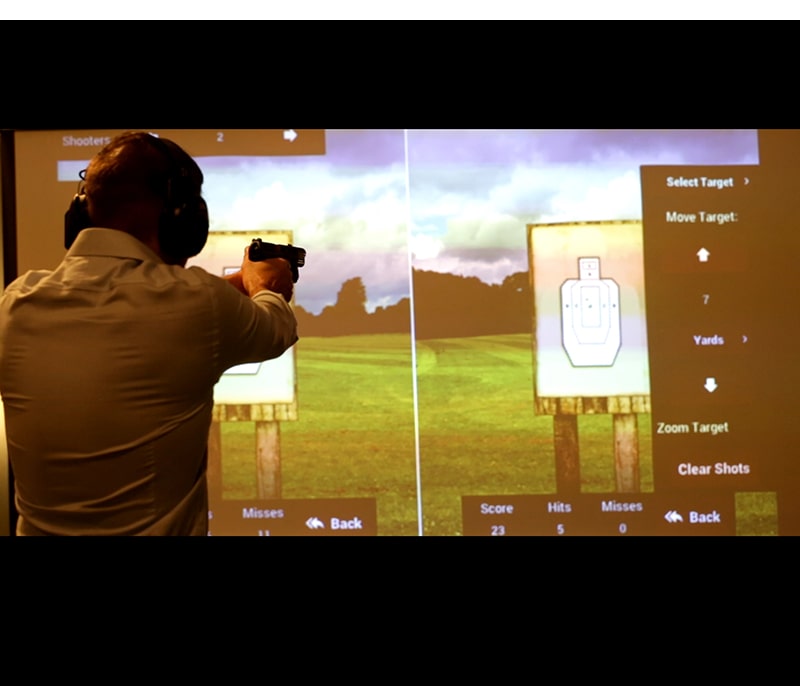
Basic Pistol
Learn safe gun handling and basic pistol skills, so you can have a safe, fun time shooting.
Gain confidence with a pistol in four 1-hour classes.
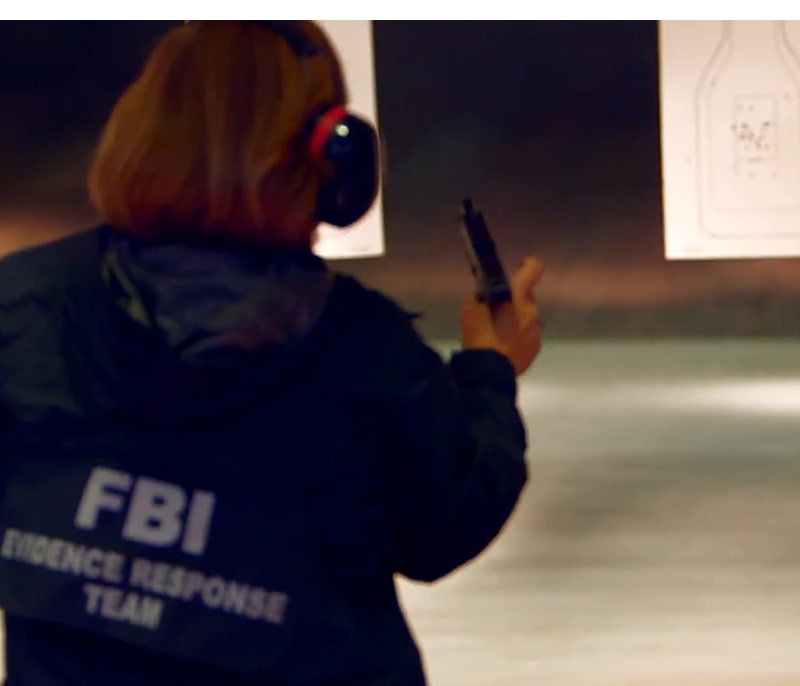
FBI Transformation
The Texas LTC doesn't teach you how to win a gunfight.
Exceed FBI standards and carry every day with confidence in 24 1-hour classes.